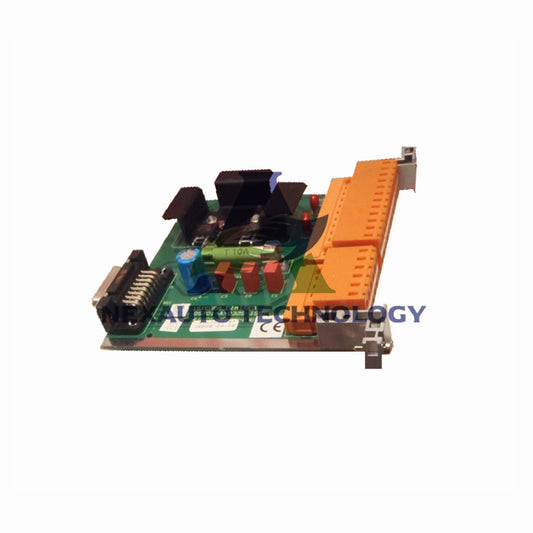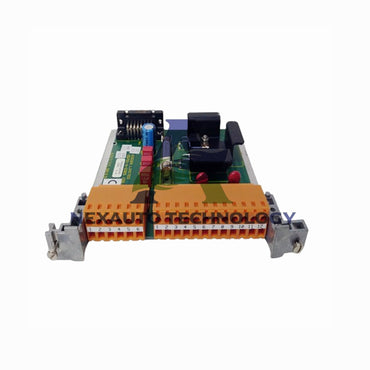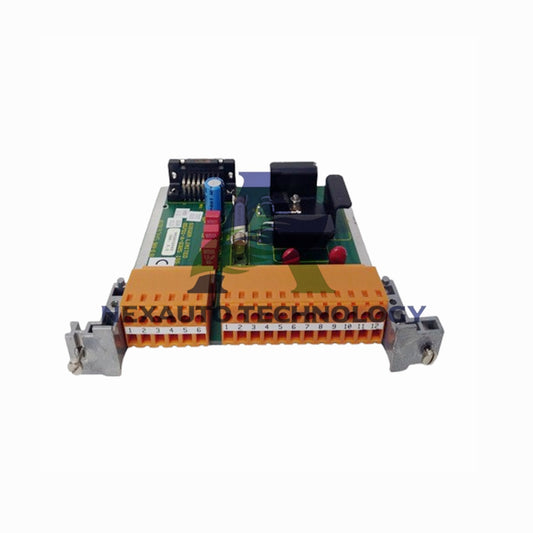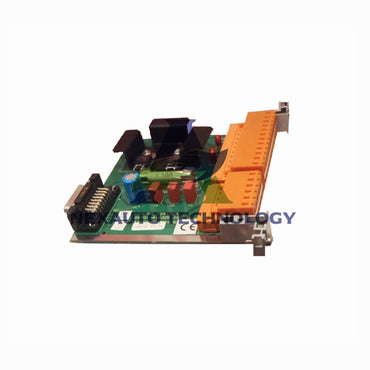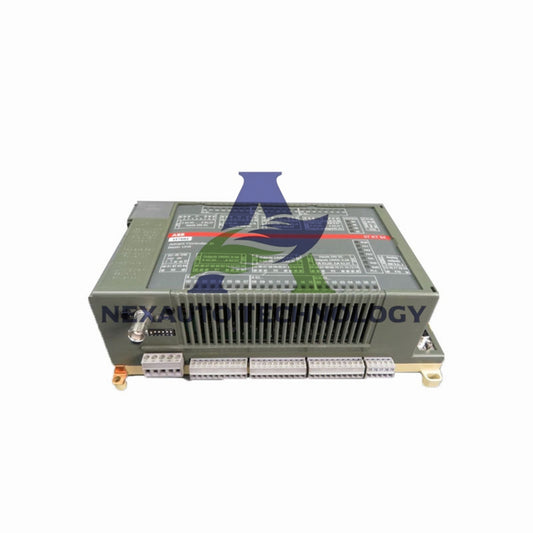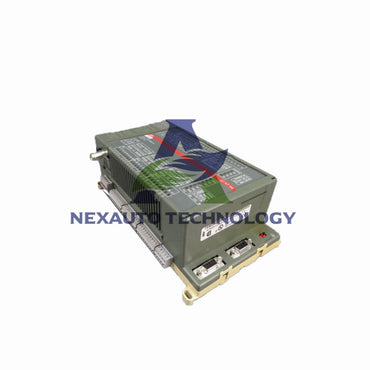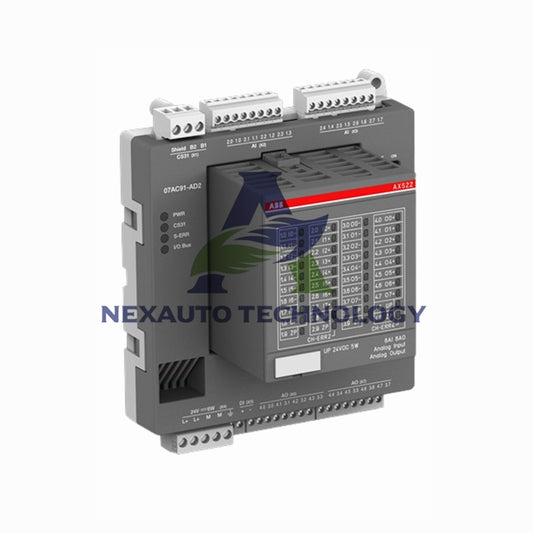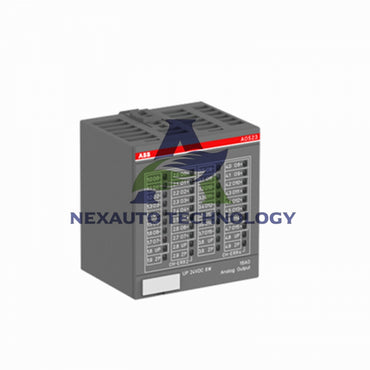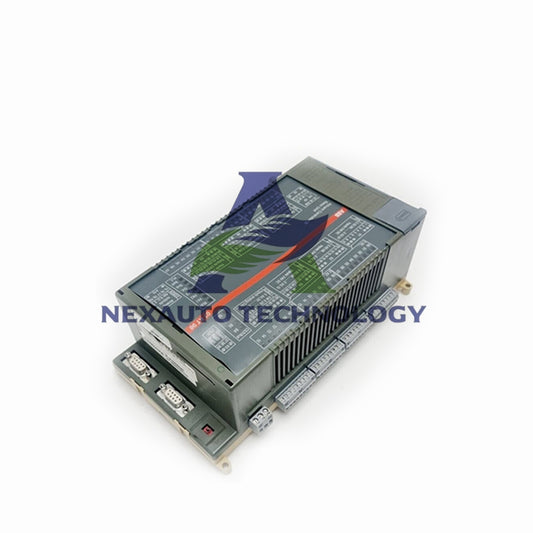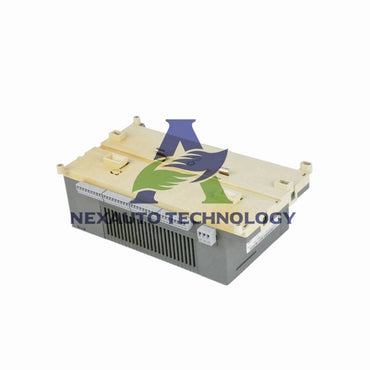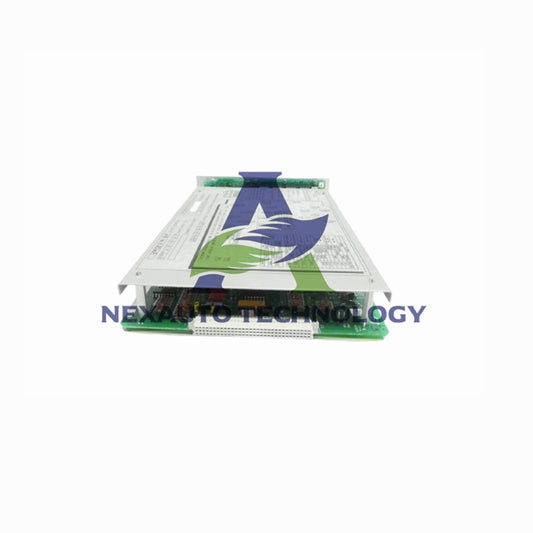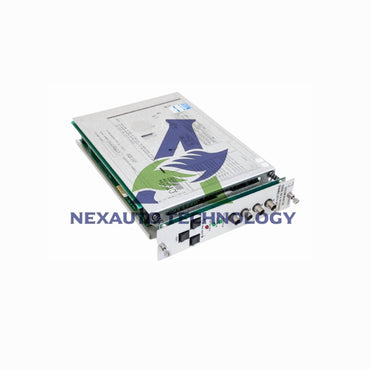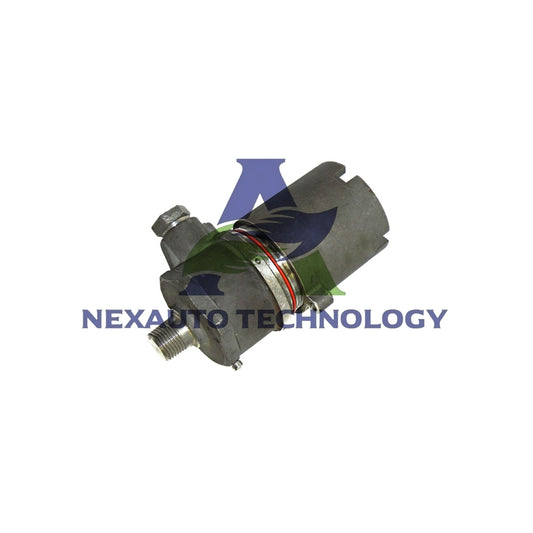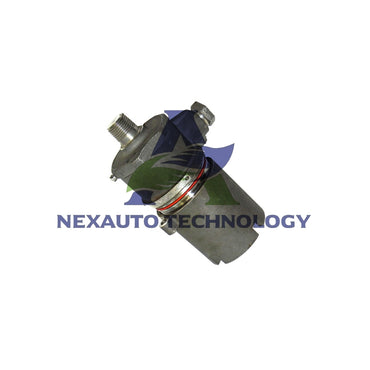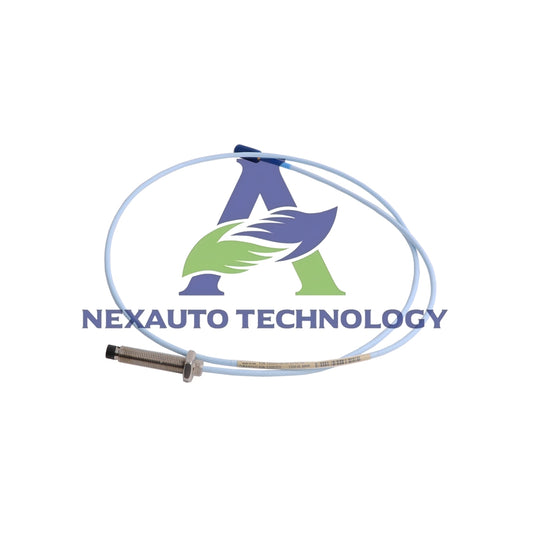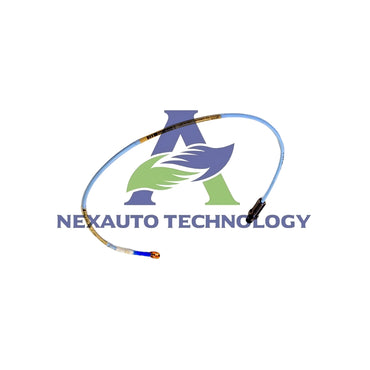01
Layered Design: Real-Time Alert Precision
Architected with 5 isolated processing layers—Data Capture, Signal Cleansing, Pattern Matching, Risk Scoring, and Alert Delivery—this structure eliminates bottlenecks. Lab tests reveal fault detection speed improves from 2.8s (legacy) to 0.5s, enabling 5.6x faster operator response during PLC/DCS malfunctions.
68% latency reduction

02
Multi-Source Fusion: Unseen Anomaly Detection
Integrates 25+ data streams (PLC vibration, DCS pressure, ambient humidity) with 0.03% input error tolerance. A 2025 steel mill case study shows this captures 15 monthly "invisible" faults (e.g., slow bearing degradation), boosting prediction accuracy to 95%.
15/month additional faults
03
Adaptive Logic: Sustained Accuracy Over Time
Uses hourly-updating ML models to adjust thresholds. At a Gulf Coast refinery (temp swings: ±22°C/day), accuracy stayed above 97% over 2 years—vs. 81% for static systems. The model recalibrated 68% of rules seasonally.
97% long-term accuracy
04
Benchmark Leadership: Industry-Tested Results
ISA 2025 testing across 100+ sites found 98.5% critical fault detection (vs. 80.3% industry avg.), with false positives at 0.8% (standard: 4.9%). This cuts unnecessary shutdowns by 5+ events/year, saving $310K/plant annually.
98.5% detection rate

05
Client ROI: Tangible Business Impact
Global adopters report savings: A German pharma plant cut maintenance costs by 38% ($2.1M/year). A U.S. paper mill reduced downtime by 70 hours/month, recovering $750K in production. 350+ clients note a 26% OEE boost in 6 months.
$2.1M/year maintenance savings
Check below popular items for more information in Nex-Auto Technology.

